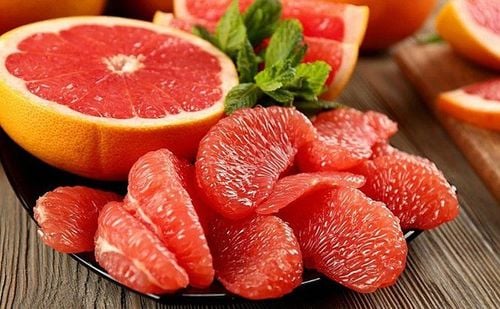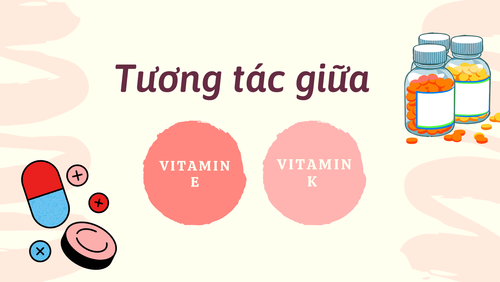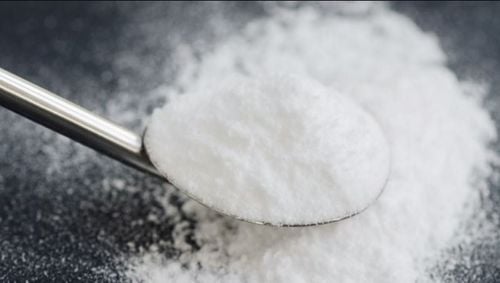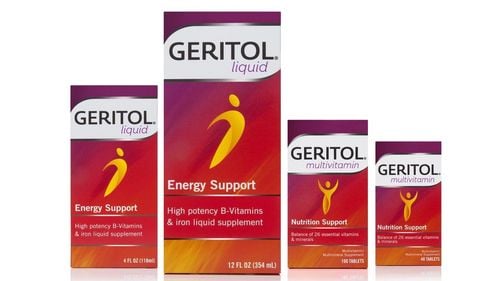This is an automatically translated article.
Vegetables in the group containing vitamins are quite diverse and abundant, especially water-soluble vitamins such as vitamin C, B vitamins, polyphenols... However, to preserve these vitamins, high requirements are required. for collection, transportation, storage and processing. Because these are all vitamins that are easily lost during the process.
1. The role of vitamins
Vegetables and fruits contain a rich source of vitamins and minerals that are necessary for the body to help maintain health and development. In addition, the nutrients contained in vegetables and fruits have the effect of helping to strengthen the immune system to prevent diseases related to heart disease, blood pressure or stroke.
In fruits and vegetables, there is a fairly typical vitamin C content in fruits such as oranges, grapefruits or celery that helps maintain the beauty of the skin, lowers blood pressure as well as cholesterol levels in the blood. The composition of antioxidants in vegetables also helps limit the formation and growth of some cancer-causing and destructive cells in the body. In addition, some colorful vegetables such as red and yellow contain provitamin A or carotene content as in carrots, papayas, and pumpkins, which help develop eyesight. Or compounds in tomatoes are effective in preventing prostate cancer in men.
Some vegetables with typical vitamin A content include:
Carrots: in a glass of fresh carrot juice contains quite a huge amount of provitamin A with 34,317 IU, making carrots a rich food. most provitamin A compounds. Using carrots can help protect vision, while reducing the risk of cardiovascular as well as some cancers related diseases. In addition, carrots provide quite good vitamin C, vitamin K, vitamin B, manganese, magnesium, phosphorus, fiber, potassium... Tomatoes: Food contains more than 20 types of vitamins and minerals. A cup of ripe red tomatoes provides excellent amounts of vitamin A, vitamin C and vitamin K. Moreover, tomatoes also provide chromium, manganese, potassium, iron, ... and other essential nutrients for the body. In addition, tomatoes are also known for their rich lycopene compounds, belonging to the phytonutrient class with good antioxidant and anti-cancer properties. Brussels sprouts: The nutritional composition of Brussels sprouts is quite rich with vitamins such as vitamin C, vitamin B, folate, fiber, potassium, vitamin A - one of the important antioxidants found in nature. Brussels sprouts are very rich in vitamin E, calcium and copper. Cruciferous vegetables especially brussels sprouts have been shown to help reduce the incidence of certain cancers such as lung cancer, breast cancer, colon cancer... Spinach: Known as a storehouse of nutrients nutrients. Spinach contains more than 35 vitamins and minerals including vitamin A, vitamin K... The dark green color of spinach leaves contains more than 10 different flavonoid compounds that work to help prevent the aging process of the body. caused by free radicals. In addition, spinach is considered a top vegetable that can help maintain heart health thanks to the compounds lutein, folate, potassium and fiber.
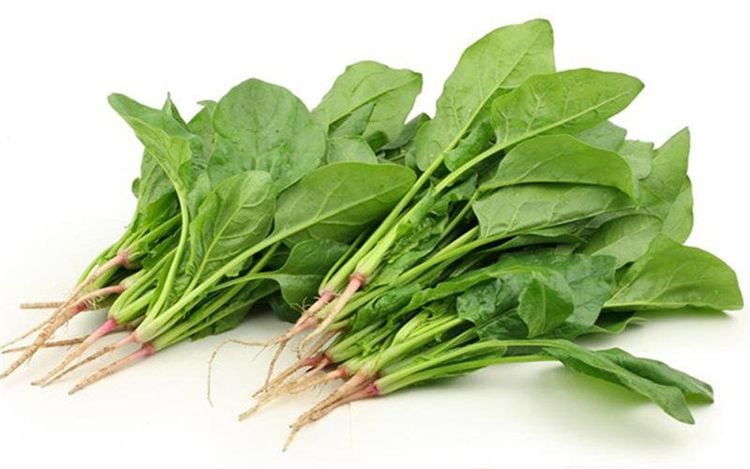
Dưỡng chất trong các loại rau quả dễ bị hao hụt trong quá trình chế biến và bảo quản thức ăn
Asparagus: A cup of asparagus when cooked will provide an excellent source of vitamin A, vitamin C, vitamin K and folate. In addition, the nutritional composition of asparagus also contains more than 10 essential vitamins and minerals for the body. The B vitamins and fiber in asparagus help clean the intestines and heal wounds. Broccoli: This vegetable is quite rich in beta carotene, vitamin C, vitamin B9... Moreover, this vegetable also contains a lot of antioxidant components, iron, zinc... And in broccoli there are More than 20 essential nutrients for the body. Using broccoli helps strengthen the immune system, prevent cardiovascular diseases, improve eyesight, prevent colds, bronchitis, aging... In addition, broccoli also contains maple fiber. Rich helps to filter the liver, and metabolism in the intestine helps reduce the risk of developing cancer, especially duodenal cancer.
2. How to store vitamins in vegetables
According to experts, choosing clean food in Vietnam is also quite difficult for consumers because it is difficult to distinguish between clean vegetables and vegetables containing many pesticides. Besides, the processing and preservation of food also make vegetables lose certain nutrients including vitamins...
2.1. Adding fat to preserve vitamins in vegetables better When adding a little cooking oil during processing, it helps to increase the nutritional value of food and also helps fat-soluble vitamins such as vitamin A, vitamin D, etc. Vitamin K, beta carotene can be easily stored and better absorbed by the body. Once in the body these vitamins continue to be stored in fatty tissue and liver. When the body needs to use it will take it out and use it gradually over time.
2.2. Using less water during cooking helps to store water-soluble vitamins Some vitamins like vitamin C, vitamin B... or antioxidants that help strengthen the immune system are very soluble in water. Therefore, to ensure the storage of these compounds when processing, do not use too much water to ensure that the vitamin content in vegetables is not lost.
2.3 Apply steaming method to better preserve vitamins When steaming vegetables, vitamins will not be dissolved in water. Along with the lower steaming temperature than using water for cooking, the destruction of these vitamins is also limited. However, because steamed dishes are usually not processed with fat, some fat-soluble vitamins are difficult to synthesize by the body. To improve this situation, it is possible to use more oil for steamed vegetables to optimize the oil environment for fat-soluble vitamins.

Hấp là một trong những phương pháp chế biến thức ăn giữ vitamin hiệu quả
2.4. It is recommended to use vegetables in fresh form. Nutrients in vegetables such as vitamin C and vitamin B can be lost during processing. Because of the nature of these vitamins, they are water-soluble. In addition, enzymes in cruciferous vegetables such as broccoli, cabbage, brussels sprouts,... contain quite a lot of anti-cancer compounds, but are easily destroyed by heat. Therefore, if used raw and with food hygiene and safety assurance, these nutrients can be retained.
3. Some notes to help keep vitamins in vegetables better
Use vegetables immediately after cutting or should cook immediately to preserve vitamins. When vegetables are exposed to light and air for a long time, the nutrients in the vegetables will be destroyed. During the preliminary processing and processing of foods to keep vitamins, you should note the following points:
When preparing vegetables, including picking vegetables and washing vegetables, it is necessary to do it quickly and operate as quickly as possible. Wash vegetables before chopping because if you cut them and then wash them, a large amount of water-soluble vitamins will be lost. After the vegetables are done, they must be processed immediately, the longer they are left, the more vitamin C they will lose. Put the vegetables in the boiled water and slowly stir the vegetables to avoid the vegetables being crushed. When boiling vegetables, you should cover the lid to limit the evaporation of steam. Because the escaping steam can carry water-soluble vitamins. Because vitamin C is easily destroyed in a particularly strong alkaline environment, when stir-frying, we should add a little sour substance such as vinegar, lemon, star fruit to ensure better preservation of vitamins. Vitamin A is often easily destroyed in an acidic environment, so with some vegetables with high vitamin A content, it is not advisable to add sour substances when processing. The above are the ways to preserve and process to help keep the vitamin content of fruits and vegetables in the best way. You can refer to the application for everyday foods in the family.






